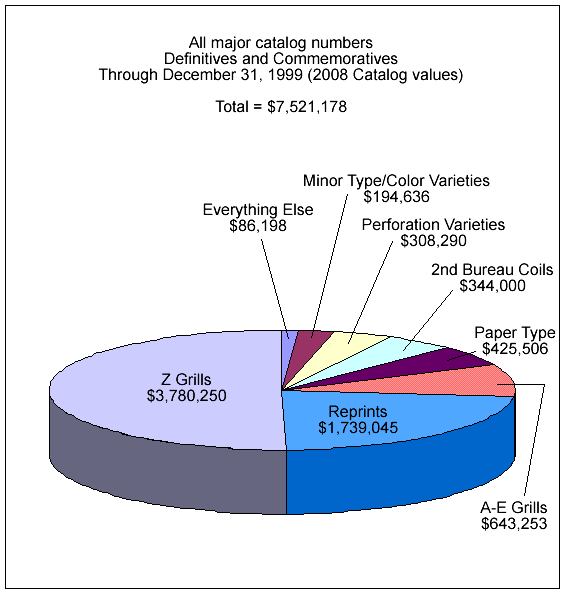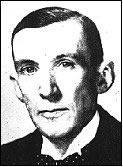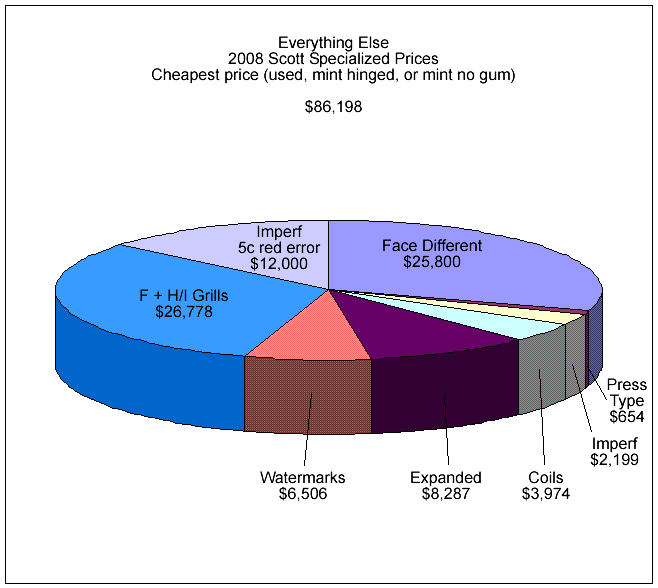| |
|
|||||||||||
|
© Copyright 2006 - larsdog. All rights reserved worldwide. Design of White Ace pages © Copyright Washington Press. The Scott Numbers are the copyrighted property of Amos Press Inc., dba Scott Publishing Co. and are used here under a licensing agreement with Scott. The marks Scott and Scott's are Registered in the U.S. Patent and Trademark Office, and are trademarks of Amos Press, Inc. dba Scott Publishing Co. No use may be made of these marks or of material in this publication, which is reprinted from a copyrighted publication of Amos Press, Inc., without the express written permission of Amos Press, Inc., dba Scott Publishing Co., Sidney, Ohio 45365. |




 Dr.
Carroll Chase
Dr.
Carroll Chase